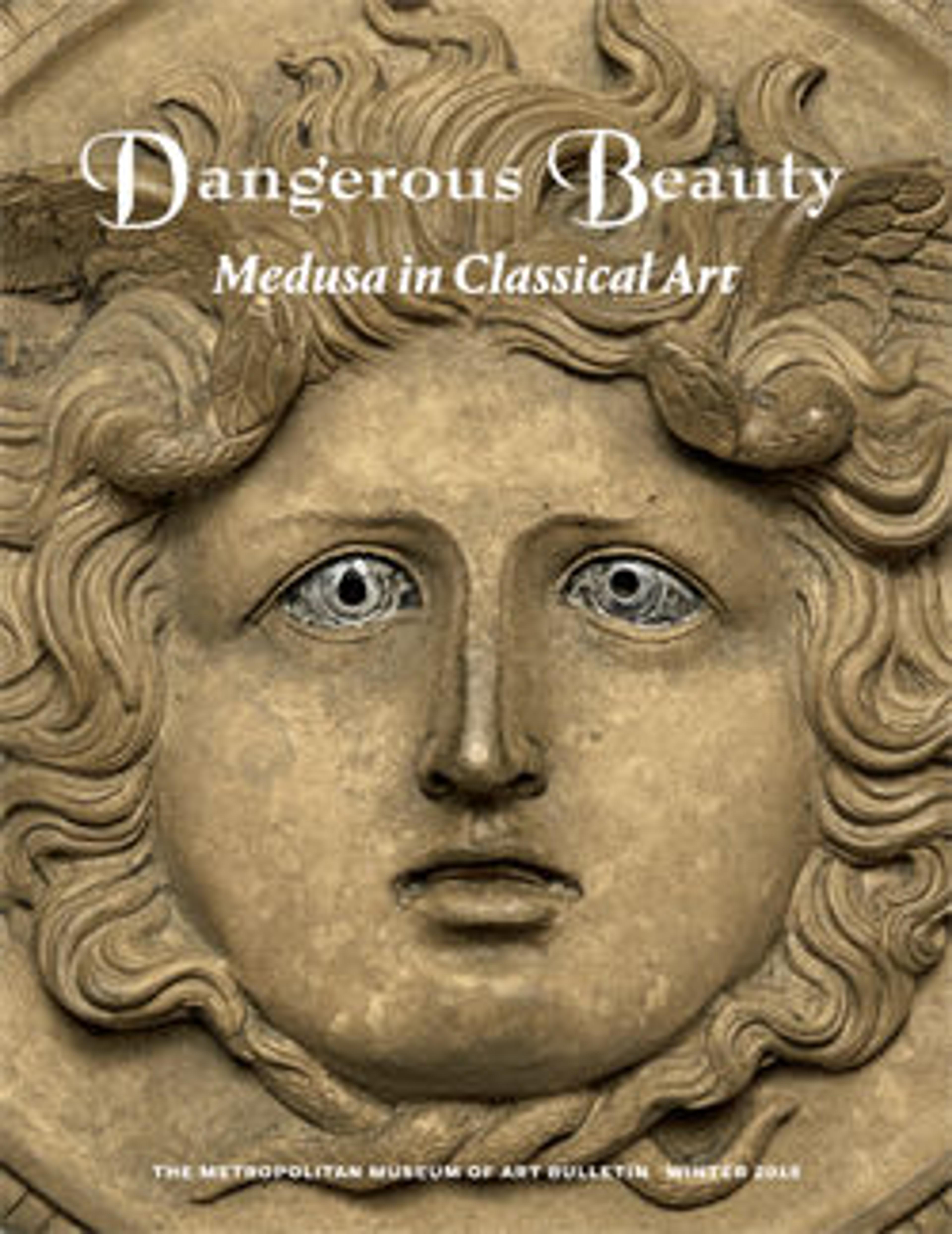Terracotta stand
A significant amount of Attic pottery was produced for the export to Etruria. Indigenous Etruscan shapes were reinterpreted in Athenian workshops; the Hellenized variants then sold to Etruscan patrons in the west and often buried in their tombs. The Etruscan prototypes generally exist in the sturdy black ware called bucchero. This pair of stands represents the phenomenon of adaptation with a shape unique in Attic vase-painting. They probably held floral or vegetal offerings.
Artwork Details
- Title:Terracotta stand
- Period:Archaic
- Date:ca. 520 BCE
- Culture:Greek, Attic
- Medium:Terracotta; red-figure
- Dimensions:H. 10 1/4 in. (26 cm)
- Classification:Vases
- Credit Line:Gift of Mr. and Mrs. Norbert Schimmel, 1980
- Object Number:1980.537
- Curatorial Department: Greek and Roman Art
More Artwork
Research Resources
The Met provides unparalleled resources for research and welcomes an international community of students and scholars. The Met's Open Access API is where creators and researchers can connect to the The Met collection. Open Access data and public domain images are available for unrestricted commercial and noncommercial use without permission or fee.
To request images under copyright and other restrictions, please use this Image Request form.
Feedback
We continue to research and examine historical and cultural context for objects in The Met collection. If you have comments or questions about this object record, please contact us using the form below. The Museum looks forward to receiving your comments.
